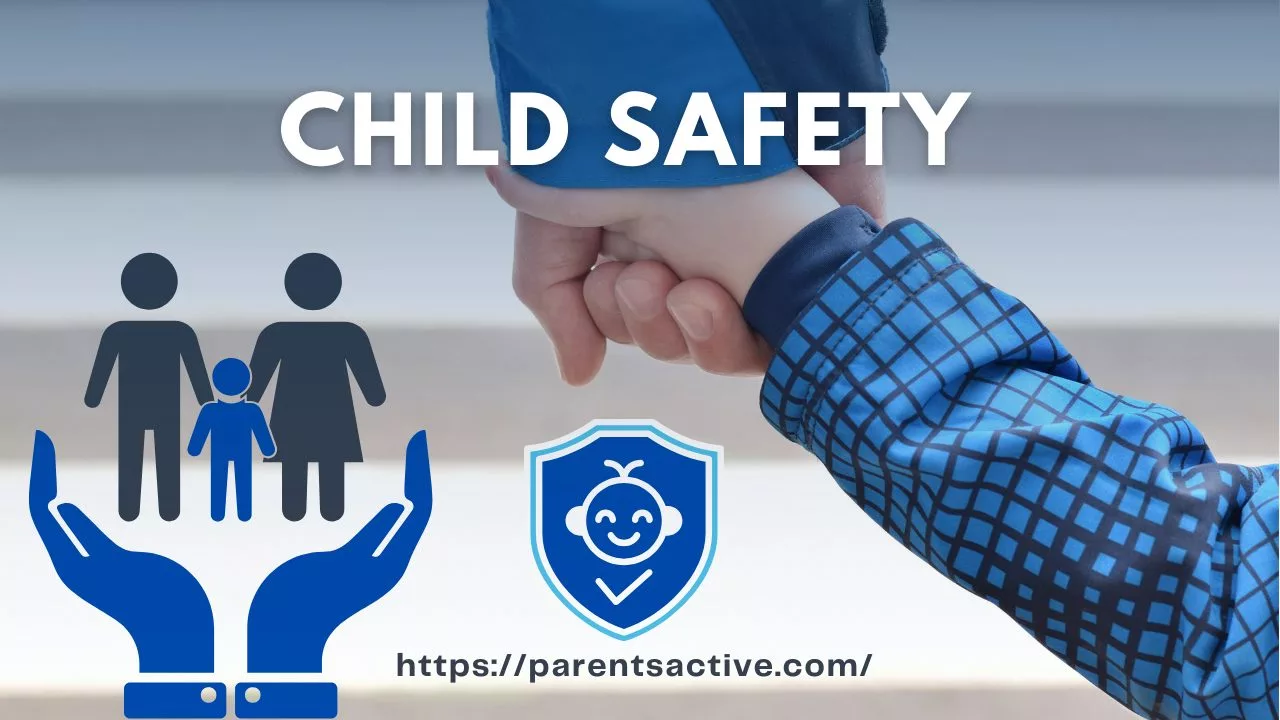Child Safety Must You Know
Why is child safety important? Child safety is comprehensive approach and adopt proactive methods become crucial. New challenges emerge increasingly as society progress. Ensuring the safety and well-being of our child is paramount.
From the physical environment to the digital landscape, children face a myriad of potential risks and educators, policymakers, making it imperative for parents and community alike cooperating in creating a protective shield around our newest members.

Summary
Child safety is a holistic approach aimed at protecting children from potential harm, encompassing physical, emotional, and online aspects. It involves creating secure environments, teaching personal boundaries, and fostering open communication. Trusted adults play a crucial role in providing support and guidance. Online safety is addressed by educating children on responsible internet use. Recognizing signs of potential safety concerns is essential, as is the establishment of a family code word for discreet communication.
Children’s safety beyond the traditional measure securing home or school and a road safety. It encompasses a broad spectrum of apprehensions including mental health, online safety and overall supporting nurturing environment.
Child safety aims to shed light on the interconnected web of factors influencing a child safety. It is not just a priority; its collective commitment to safeguarding the goodness curiosity and potential of the next generation.
The fundamental practical tips and principles essential for fostering a safe and nurturing environment for children. Children’s safety is paramount safety concerns that exceeds, economic and social boundaries.
The wide-ranging guide to aims to equip caregivers, parents and communities with strategies and knowledge necessary to ensure that the well being of our most precious treasures-our children.
Here’s some factors of child safety:
Creating a secure physical environment
Home safety
Sharp objects and house hold chemicals, installing safe gates and locks to restrict access hazardous area. Securing anchoring furniture to prevent tip-overs.
Outdoor safety
Ensuring playground safety or equipment is age-appropriates and well maintained, supervising out door plays, teaching them for road safety such as wearing helmets etc.
Navigating the digital landscape
Internet safety
Monitoring online activities and implemented parental controls, establishes age-appropriate screen limits. Educating about personal information share such as picture or family video etc.
Cyberbullying awareness
Open communication and encouraging responsible digital behavior, empathy and online experiences.
Empowering children with personal safety skills
Stranger danger
Establishing family safety code word, teaching them about strangers and the importance of sharing personal information with strangers.
Emergency preparedness
Guide children about fire safety and the other emergency procedures, teaching the how to dial emergency services and providing information.
Encouraging for open communication
- Recognizing warning signs
- Building trust
7 Best Principles for Safety

Body Safety (Guidelines)
In the realm of child protection and development, empowering children with the tools and knowledge to understands and protect their bodies is critical aspects of their overall well-being.
Body safety guidelines aims to protect and provide caregivers, parents and educators with essentials and strategies to engage in open communication, establishes boundaries and create an environment where children can thrive free from harm.
Here are the some best key points for child body safety and guidelines:
| Body safety tips | Description |
| Use proper antonym language | Promote use of accurate anatomical terms for body parts, open communication about body |
| Teach personal boundaries | Encourage children to understands and asserts their personal boundaries |
| Identify trusted adults | Help children identify trusted adults, can confide in if they feel uncomfortable, unsafe |
| Establishes safety zones | Reinforcing the importance of personal space, safe zones on the body where others should not touch |
| Importance of communication | Fostering safe environment for communication, to express their feeling and concerns openly |
| Make a code word | Facilitating communication, code word that signals at an uncomfortable and emergency |
| Identify inappropriate touch | Recognize and report any touch that makes them uncomfortable |
Pros and Cons of Child Safety
| Pros | Cons |
| Emotional security | Anxiety |
| Communication skills | Balancing act |
| Physical well-being | Overprotection |
| Empowerment | Cultural variance |
| Prevention of online risks | Potential stigmatization |
| Establishing trust | Stifling independence |
Conclusion
The importance of child safety cannot be overstated, as it plays a pivotal role in shaping the well-being and future of our children.
The pros of implementing children safety measures are evident in the physical and emotional security they provide, the development of communication skills, and the empowerment of children to navigate both physical and digital environments safely.
These measures foster trust and contribute to building positive relationships between caregivers and children.







